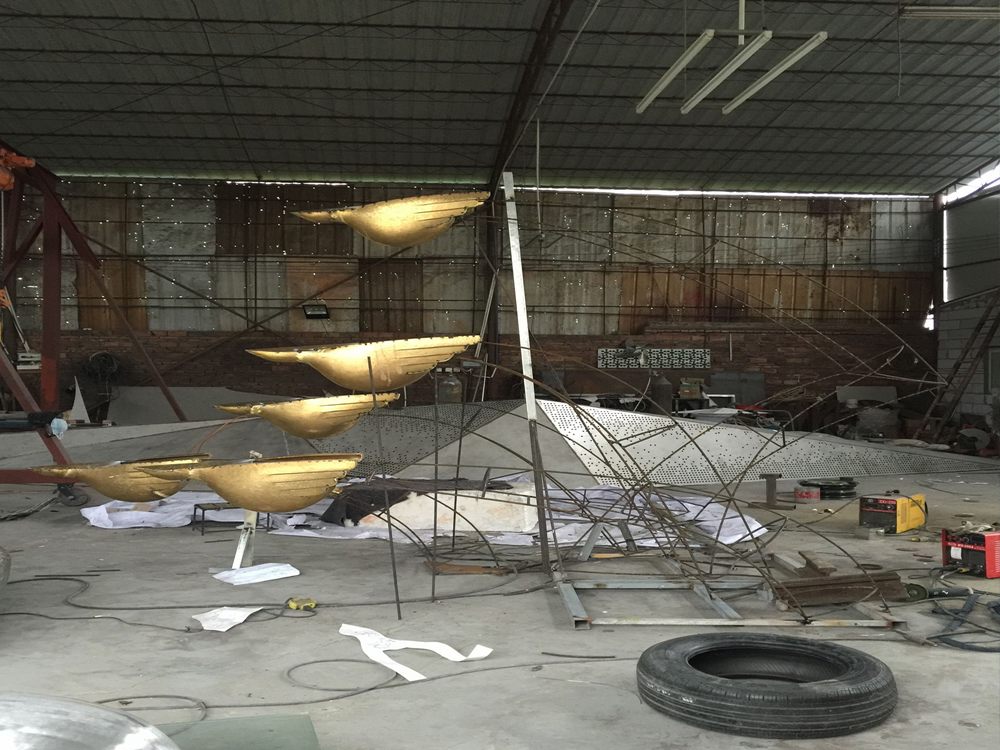
The weight of a stone sculpture plays a crucial role in both its installation and transportation, requiring careful planning and specialized techniques to ensure safety and preservation.
For installation, heavier sculptures demand reinforced foundations to prevent sinking or tilting over time. Engineers often assess the ground conditions and may use steel supports or concrete footings to distribute the load evenly. Large sculptures frequently require cranes or hydraulic lifts for precise placement, adding complexity to the process.
Transporting stone sculptures presents unique challenges based on weight. Smaller pieces may be moved with padded dollies, while massive works necessitate custom crating, heavy-duty trucks, and sometimes even road closures for oversized loads. Weight directly influences shipping costs, as freight companies charge by both distance and tonnage.
Climate factors like humidity and temperature shifts can subtly affect certain stones, meaning weight distribution must account for potential material expansion or contraction. Additionally, the sculpture's center of gravity impacts how it's secured during transit – uneven weight distribution risks damage.
Professional art handlers use techniques like custom slings or air-ride suspension vehicles to protect both the artwork and handlers. For international shipments, weight determines whether sea freight (for heavier pieces) or air freight (for urgent lighter works) proves more practical.
Understanding these weight-related considerations helps artists, collectors, and institutions properly budget time and resources for sculpture projects, ensuring these artworks endure for generations.

